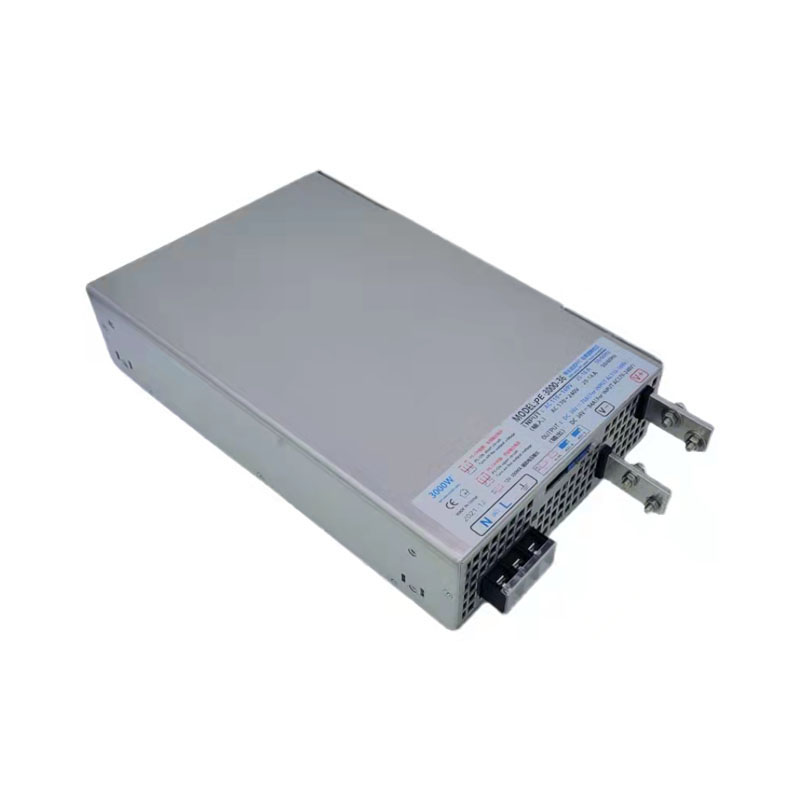With the accelerated global deployment of 5G networks, the exponential growth of base station density and equipment power consumption poses severe challenges to power supply systems. Through technological innovation and scenario-based verification, Powereagle has revealed how high-power power modules can become the core components supporting the stable operation of 5G infrastructure.
The breakthrough in power density supports dense networking
The power consumption of a single 5G base station is 3 to 4 times higher than that of 4G, and the space limitations of the site require the power module to have a higher power density. Powereagle's newly launched sixth-generation high-power power module adopts three-dimensional winding technology and gallium nitride (GaN) devices, achieving a continuous output of 6kW within a 1U standard rack, with a power density of 85W/in³, a 40% increase over traditional solutions. It perfectly meets the multi-level networking requirements of macro base stations, micro stations, etc.

Dynamic response capability ensures signal stability
5G latency requires that power modules have the ability to dynamically adjust at the microsecond level. Powereagle optimizes the load step response time to within 50μs through digital control algorithms and keeps the voltage fluctuation range within ±0.5%. In the actual measurement, this module successfully passed the ITU-T K.85 standard impulse test, ensuring zero interruption of signal transmission in the scenario of sudden base station traffic.
The wide operating temperature range can cope with extreme environments
From deserts to the polar regions, 5G base stations need to operate continuously in an environment ranging from -40℃ to 75℃. The intelligent thermal management technology developed by Powereagle enables the module to maintain full-load output even at an ambient temperature of 60℃ by dynamically adjusting the operating frequency of the heat dissipation air duct and power devices. Designed with an IP67 protection level, it has passed the MIL-STD-810G environmental adaptability certification and covers over 95% of deployment scenarios worldwide.
Energy efficiency optimization reduces operating costs
In response to the 24-hour uninterrupted operation characteristics of 5G base stations, the Powereagle module adopts a hybrid topology architecture and intelligent sleep technology. It automatically switches to low-power mode under light load conditions, maintaining an overall efficiency of over 96% within the load range of 20% to 100%. According to the actual measurement by the operator, the annual electricity savings of a single base station exceed 2,000 kilowatt-hours, which is equivalent to reducing 1.6 tons of carbon dioxide emissions.
Intelligent monitoring enhances operation and maintenance efficiency
By integrating the PowerEye monitoring chip independently developed by Powereagle, the module can collect over 400 operating parameters in real time and support edge computing anomaly diagnosis. When the capacitance attenuation of the capacitor exceeds 15%, the system automatically triggers a warning and generates maintenance suggestions, reducing the average time for base station fault repair from 4 hours to 40 minutes and lowering the operation and maintenance costs by 65%.
The Powereagle high-power power module has been stably operating in over 300,000 5G base stations worldwide, and its technical indicators comprehensively exceed the requirements of 3GPP standards. Facing the more stringent energy efficiency and reliability challenges in the 6G era, Powereagle will continue to invest in the research and development of third-generation semiconductor materials and AI energy management technologies, providing a more powerful power heart for communication infrastructure.